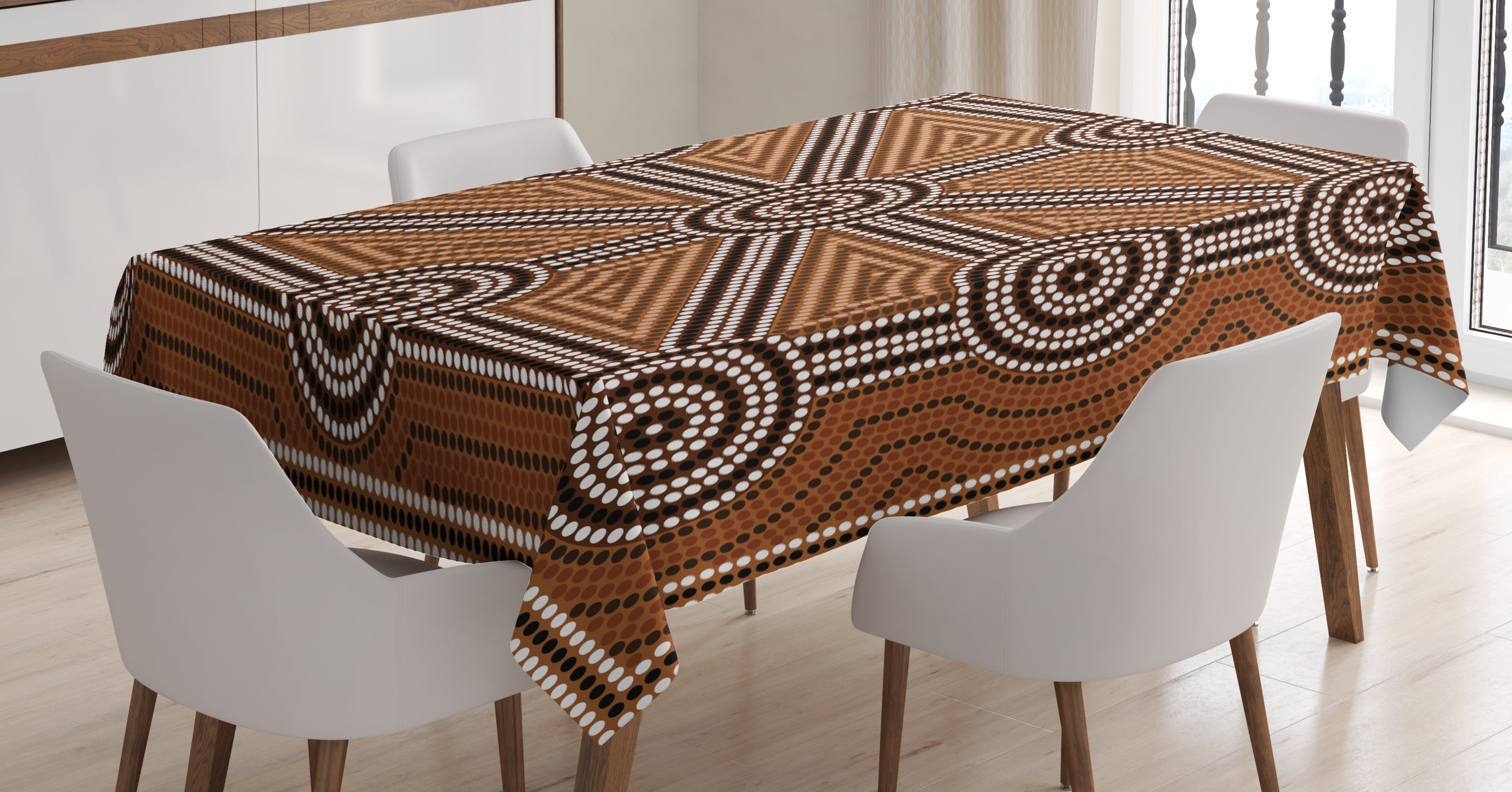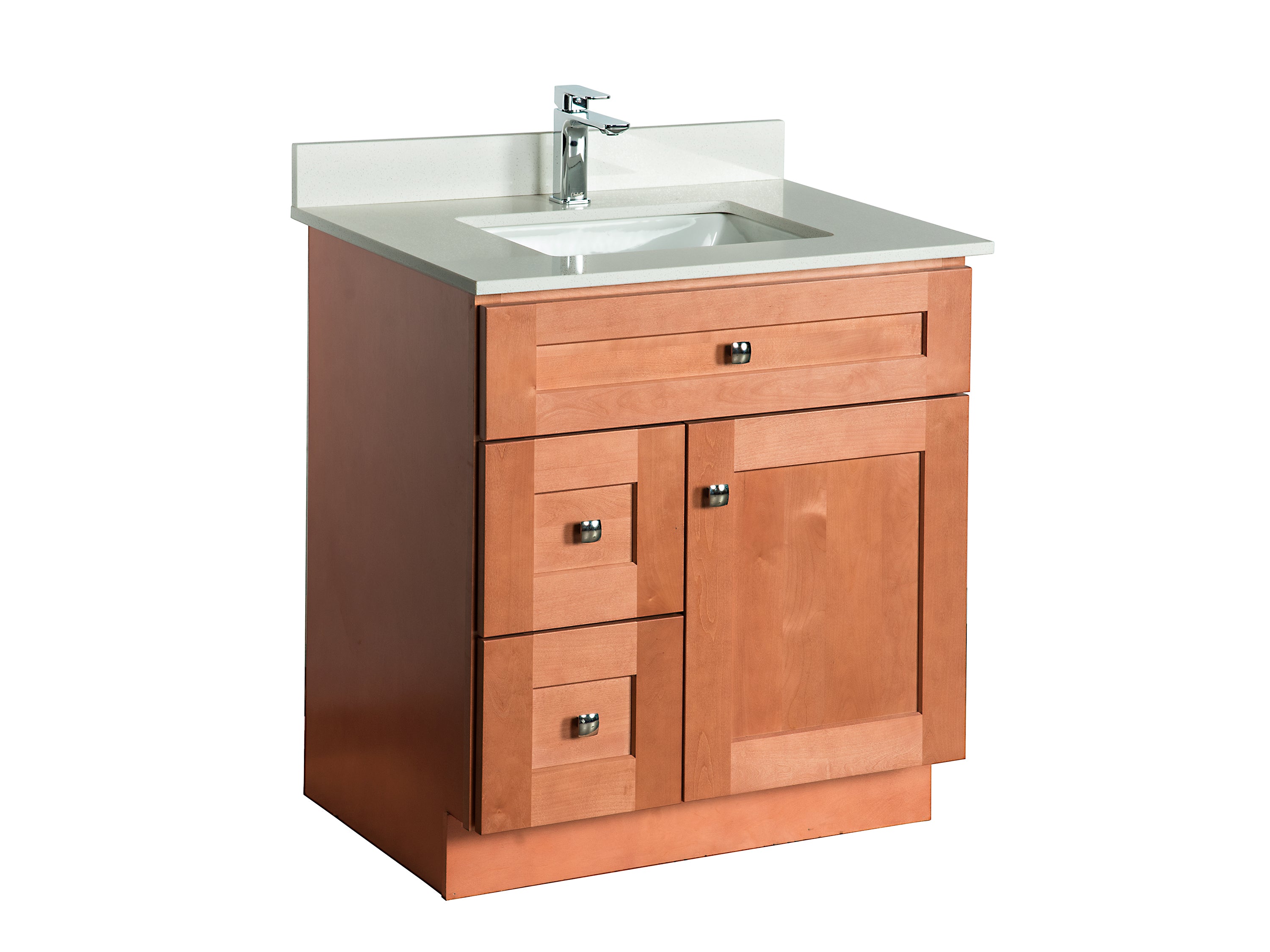Interior doors, like exterior doors, require periodic maintenance and repair to stay functioning properly. The most common problems with interior doors include sticking, warping, or simply not latching securely. Opening and closing a door should be a smooth, effortless operation, but when the door won’t latch or stay shut, it can cause a great deal of frustration. To fix an interior door that won’t stay shut requires identifying the issue and taking the necessary steps to repair it. If the door won’t latch at all or is a bit hard to open and close, it could be an issue with the hinges, the latch, or the door frame itself. Regardless of the problem, it’s important to fix an interior door that won’t stay shut as soon as possible to keep your home safe and secure. Below are some of the most common issues and possible solutions.How to Fix an Interior Door That Won't Stay Shut
If your interior door latch is not catching, then you may have an issue with either the latch or the hinges. If you notice the door isn’t sticking or binding when you open and close it, then the hinge pins may be the culprit. To fix this, try lubricating the hinge pins with WD-40. If the pins are corroded, you should try replacing them with new ones. If lubrication isn’t enough, you may need to adjust the contour of the door frame itself to ensure it catches the latch properly. Another common cause of a door latch not catching is a worn or damaged strike plate. If the strike plate is no longer flush with the door frame, the latch won’t be able to catch the plate and the door will fail to stay shut. To solve this issue, remove the old strike plate and replace with a larger one that fits tightly against the frame. You can also try adjusting the strike plate itself. Use a file or an adjustable wrench to loosen the screws, then adjust the plate slightly inwards to create a tighter fit. If the strike plate is beyond repair, replace it with a new one.Interior Door Latch Not Catching? Here Are 4 Fixes
If your interior door won’t stay shut on its own and no amount of adjustment will help, then it may be time to install locks or other security devices. While this can be a bit more complex than adjusting a latch or strike plate, it can still be done by a homeowner with a basic knowledge of locks. First, make sure the latch bolt is properly positioned. If the latch bolt isn’t lined up with the strike plate, the door won’t close properly. Lubricating the latch with WD-40 may help if you’re having trouble getting it into position. Once the latch is in place, you can install a latch lock. Locks come in many styles and sizes, so it’s important to select the right one for your door. If the door already has a lock installed, make sure it’s in working condition and the proper key is available. If not, you can replace it with a new one. Once you’ve selected and installed the lock, test it out to make sure it functions properly. If everything goes well, your interior door should now stay shut when you want it to.Common Door Lock Problems and How to Fix Them
Having an interior door that won’t close or stay shut can be very annoying. It’s important to remember that these problems often stem from a variety of causes and, as such, require different fixes. To ensure the door again closes properly, here are 10 troubleshooting tips for homeowners: 1. Check the door’s hinges for wear and tear and replace them if needed. 2. If the door is sticking, lubricate the latch and hinges with WD-40. 3. Make sure the strike plate is securely attached to the door frame and that it’s the proper size. 4. Inspect the door frame for warping or gaps that could allow the door to move when opened and closed. 5. Adjust the tension of the door hinges to ensure the door closes flush with the frame. 6. If the door is binding along the sides, you may need to plane the door edges. 7. Ensure the door latch is properly aligned with the strike plate. 8. Consider installing a door guard or lock for extra security. 9. If you’re still having issues, check your home’s foundation for any movement. 10. If all else fails, consult a professional door repairman.Interior Door Play: 10 Troubleshooting Tips For Homeowners
If your interior door won’t latch closed, the first thing to do is inspect the door frame for any loose screws or worn parts that may be preventing the proper operation of the door. Once you’ve identified any potential issues, tighten or replace the screws and any worn components. If this doesn’t solve the problem, there may be an issue with either the door latch or the strike plate. Again, inspect them both for wear and tear and make sure they’re properly aligned. If not, adjust the strike plate or latch accordingly. It’s also important to check the door hinges for issues as well. If the hinges are worn or corroded, lubricate them with WD-40, replace them, or adjust the tension as needed. Finally, if the door still won’t stay shut properly, tightening the doorknob might help. To do this, remove the screws holding the doorknob in place and secure it firmly to the door.How to Fix a Door That Won't Latch Closed
When it comes to house designs, the doors can often be overlooked. However, doors are an important element of a home’s aesthetic design and should be chosen with care. They must also be functional and easy to open and close. If your door is hard to open or won’t stay shut, there are a few things you can do to make it easier and more secure. Here are 8 tips for making a door easier to open and close: 1. Inspect the door frame and latch for wear and tear. Replace any broken components or tighten loose screws as needed. 2. Ensure the strike plate is properly aligned and securely fastened to the door frame. 3. Adjust the tension of any loose door hinges. This will ensure the door closes flush with the door frame. 4. Inspect the door latch for corrosion or excessive wear and replace as needed. 5. Lubricate the door latch and hinges with WD-40. 6. Adjust the strike plate inwards to ensure a tighter fit with the door latch. 7. Install a door guard or other locking device if desired. 8. Place handles or levers on both sides of the door to make it easier to open.House Designs: 8 Ways to Make a Door Easier to Open and Close
When solving door opening, closing, and latching issues, it’s important to identify the cause of the problem before taking any action. If your door is sticking or binding, it’s likely due to wear and tear or misalignment of the door hardware. If the door won’t stay shut, the strike plate or latch could be the culprit. To fix sticking or binding doors, lubricate the hinge pins and latch and adjust the tension of the hinges. For latching issues, inspect the strike plate for alignment and size and adjust accordingly. If needed, replace any worn or damaged door components. For doors that won’t stay shut, check to make sure the door latch and strike plate are properly aligned. If they are, install a latch lock or other security devices. If all else fails, consult a professional door repairman.Solving Door Opening, Closing and Latching Issues
An interior door that won’t shut right can be a major inconvenience, but the good news is that it can usually be fixed with a few simple adjustments. The trick is to identify the cause of the problem and then address it appropriately. For sticking or binding doors, try lubricating the hinges and latch with WD-40 and reducing the tension of the door hinges. If the door won’t stay shut, check the alignment of the strike plate and latch. You may need to adjust the strike plate to make a tighter fit or install a latch lock. Another solution is to plane the door edges. This can be done with a hand-held plane and will give the door a bit more give which can help ensure it closes properly. If all else fails, consult a professional door repairman.How to Fix an Interior Door That Won't Shut Right
If you’re having problems with your interior door not latching properly, the first step is to identify the cause of the issue. Is it the latch, the strike plate, the hinges, or something else? Once you’ve identified the problem, you can take the necessary steps to fix it. If the latch won’t align or engage with the strike plate, you may need to adjust the plate to make a tighter fit. You can also try lubricating the latch or replacing it with a new one. If the hinges are worn or corroded, lubricating them with WD-40 or replacing them with new ones may help. For binding doors, reducing the tension of the hinges can help ensure a smoother opening and closing. If all else fails, consult a professional door repairman to ensure the job is done right.Problems With a Door Not Latching Properly? Here’s What to Do
If your interior door latch is not catching, there are a few possible causes you should consider. The most common issue is that the strike plate isn’t properly aligned or is the wrong size, preventing the latch from catching it. In this case, adjust the plate to make a tighter fit, or replace it with the proper size plate. In some cases, the door latch itself may be worn or corroded. If this is the case, lubricate the latch with WD-40 or replace it with a new one. Another possible cause is that the hinges are too tight, preventing the door from closing properly. If this is the case, try adjusting the tension of the hinges to loosen them. Finally, if none of these simple steps resolve the issue, it may be time to call a professional door repairman. They can inspect the door and identify the cause of the problem, providing the necessary adjustments to get your door working properly again.Interior Door Latch is Not Catching? Learn How to Get It Working Again
Interior Doors Won't Latch Shut – Common Causes and Solutions
 Issues with interior doors that won't latch shut are surprisingly common. Fortunately, most causes of the problem are simple and straightforward to fix. Homeowners who are familiar with basic DIY tools and techniques can usually remedy the issue in a short time.
Issues with interior doors that won't latch shut are surprisingly common. Fortunately, most causes of the problem are simple and straightforward to fix. Homeowners who are familiar with basic DIY tools and techniques can usually remedy the issue in a short time.
Common Causes
 Misalignment
. A common cause of interior doors that won't latch shut is misalignment. If the door or door frame is slightly out of square, the bolt won't slide into the strike plate and latch. To remedy this, you’ll need to adjust the bolt so that it lines up with the strike plate.
Strike plate is off-center
. The strike plate is often mounted off-center in the jamb. If this is the case, the bolt may hang up when you try to latch the door. To remedy this, install a new strike plate that is centered over the mounting holes.
Warping
. Small changes in temperature and circulation of air will cause swelling and shrinking of wood. Sometimes this can affect the fit of the door and cause it to bind or stick when you try to close it. If your door is warped, you may need to plane or sand a seasonal side off of either the door or the jamb.
Misalignment
. A common cause of interior doors that won't latch shut is misalignment. If the door or door frame is slightly out of square, the bolt won't slide into the strike plate and latch. To remedy this, you’ll need to adjust the bolt so that it lines up with the strike plate.
Strike plate is off-center
. The strike plate is often mounted off-center in the jamb. If this is the case, the bolt may hang up when you try to latch the door. To remedy this, install a new strike plate that is centered over the mounting holes.
Warping
. Small changes in temperature and circulation of air will cause swelling and shrinking of wood. Sometimes this can affect the fit of the door and cause it to bind or stick when you try to close it. If your door is warped, you may need to plane or sand a seasonal side off of either the door or the jamb.
DIY Solutions
 Trim the door
. If you need to take a small amount of material off the door, your best bet is to use a manual router. Stand the door up on its edge against a board for stability. Then, use a small bit to trim down the edge of the door until it fits in the jamb and latching is easy.
Sand down the jamb
. If the jamb is out of square and causing the door to rub when you try to close and latch it, you can use sandpaper to alleviate the problem. Sand down the edge of the jamb until the door closes and latches with no difficulty.
Adjust the latch
. Turn the screws that hold the latch in place so that it is in the same plane as the strike plate. This may take several attempts. If you are having difficulty, try packing out the door jamb with small pieces of wood or adjusting the latch itself so that the bolt slides in without difficulty.
Preventing interior doors from jamming up is an important part of home maintenance. Taking the time to properly align the door and jamb will preventiasues down the road and provide a useful addition to your home.
Trim the door
. If you need to take a small amount of material off the door, your best bet is to use a manual router. Stand the door up on its edge against a board for stability. Then, use a small bit to trim down the edge of the door until it fits in the jamb and latching is easy.
Sand down the jamb
. If the jamb is out of square and causing the door to rub when you try to close and latch it, you can use sandpaper to alleviate the problem. Sand down the edge of the jamb until the door closes and latches with no difficulty.
Adjust the latch
. Turn the screws that hold the latch in place so that it is in the same plane as the strike plate. This may take several attempts. If you are having difficulty, try packing out the door jamb with small pieces of wood or adjusting the latch itself so that the bolt slides in without difficulty.
Preventing interior doors from jamming up is an important part of home maintenance. Taking the time to properly align the door and jamb will preventiasues down the road and provide a useful addition to your home.



















































































